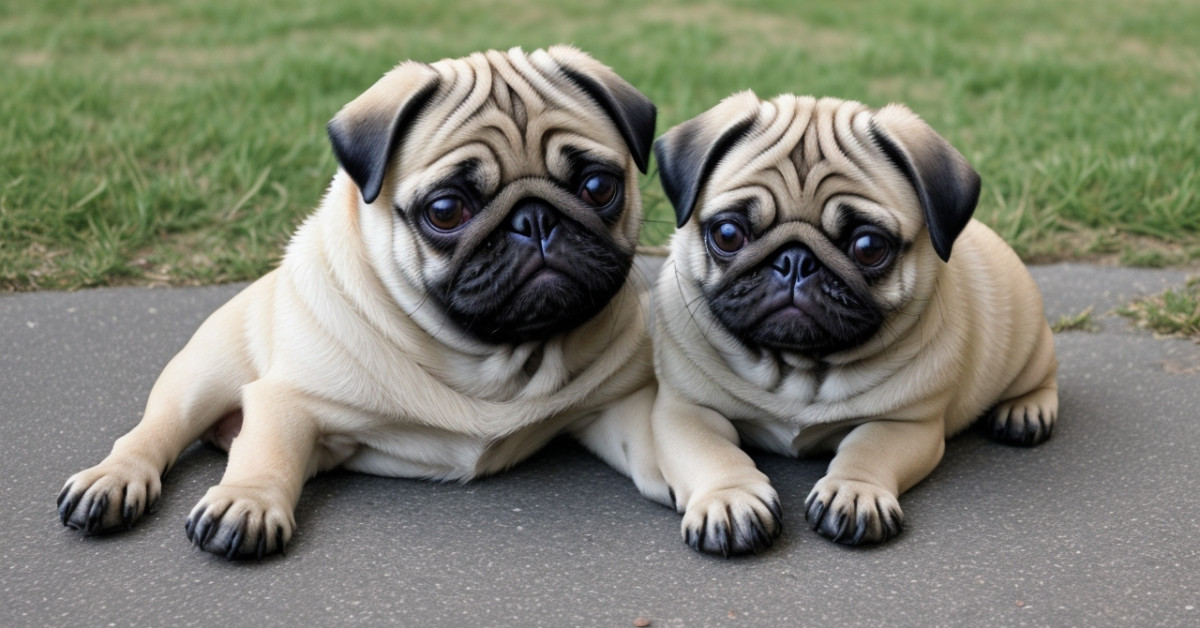How Much Does It Cost to Own a Pug? Updated 2024 Guide - Thinking about adding a snuggly pug to your family but worried about the costs? Dive into our latest 2024 guide and uncover the real expenses from initial purchase to lifelong care. Discover everything from vet bills to unexpected splurges, ensuring you’re fully prepared for this lovable companion. Click now to find out if owning a pug fits your budget!
Bringing Home a New Pug: One-Time Costs
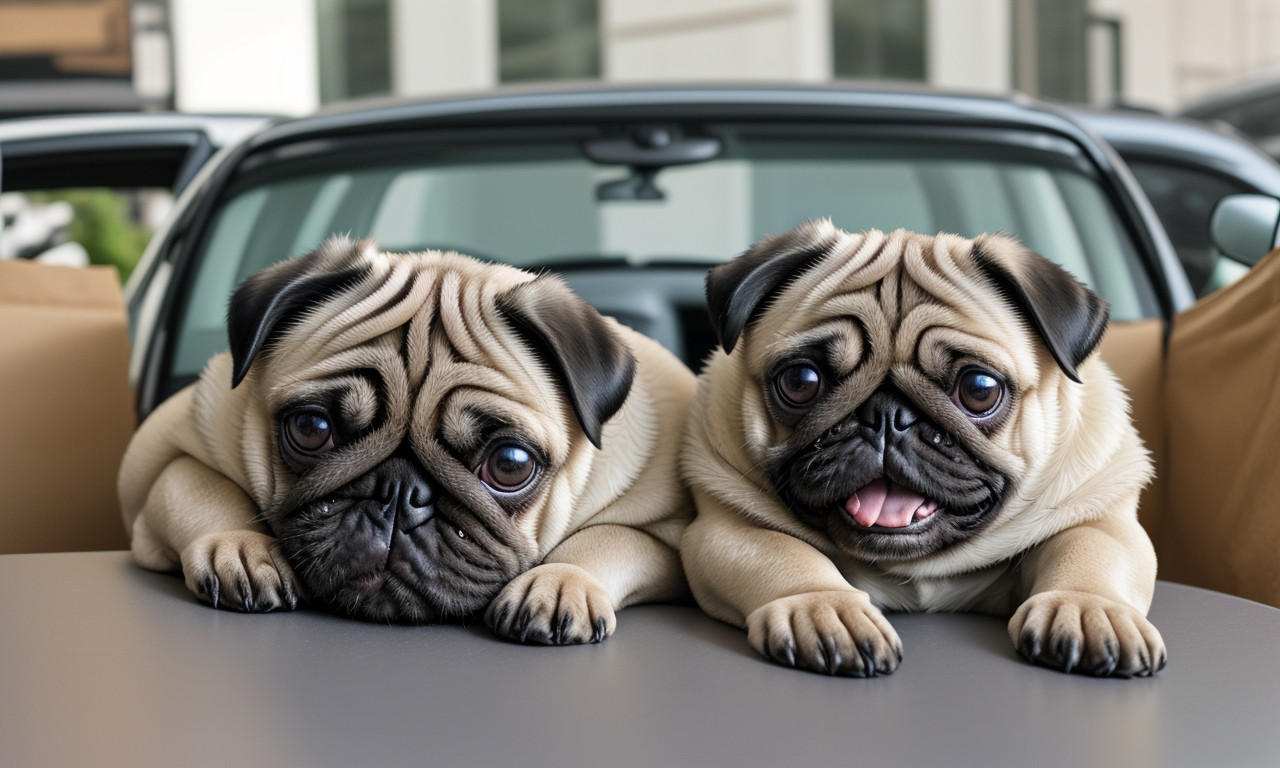
Owning a pug can be a delightful experience, but it’s essential to understand the associated costs. Our 2024 guide provides a detailed overview of the financial commitments required. Most importantly, Bringing Home a New Pug: One-Time Costs should be on your radar as these can add up quickly. Your first major cost will likely be the pug itself, with prices ranging from $600 to $2,000 depending on the breeder’s reputation and the pug’s lineage.
Beyond the purchase price, initial veterinary expenses such as vaccinations, spaying/neutering, and microchipping can cost between $200 and $500. Don’t forget the essentials like a crate, food, and water bowls, leash, collar, and initial grooming supplies, which can set you back another $150 to $300.
Training is also crucial for a happy pug and owner relationship. Initial training sessions or classes may range from $100 to $300. Furthermore, consider the initial costs of high-quality food, beds, toys, and pet insurance. Accumulated, Bringing Home a New Pug: One-Time Costs might total anywhere from $1,000 to $3,000.
Understanding these expenses beforehand will ensure you are fully prepared for the joyful journey of pug ownership without compromising your financial stability.
Free
Owning a pug can be a delightful experience, but it’s important to be fully aware of the associated costs before bringing one into your home. This updated 2024 guide provides a comprehensive breakdown of expenses involved in pug ownership. While some may wish that owning a pug could be free, the reality includes several financial commitments.
First, the initial cost of acquiring a pug can range from $500 to $2,000, depending on the breeder, pedigree, and location. Adoption is another route, which may be more affordable with costs between $100 and $300. Beyond acquisition costs, essential items such as a crate, bed, leash, and toys can total around $200.
Medical expenses form a significant portion of annual costs. Routine vaccinations, check-ups, and potential health issues, given pugs’ predisposition to specific ailments, can amount to $500 to $1,000 per year. Pet insurance could range from $20 to $50 monthly, offering some financial predictability.
Food costs may be around $300 annually, although premium brands could push this higher. Grooming, including nail trimming and occasional professional grooming, might add another $200 yearly. Training sessions, if deemed necessary, could also entail additional monthly expenses.
While owning a pug isn’t free, understanding these costs helps ensure you’re financially prepared to provide a loving and healthy home for your new furry friend.
Adoption
Owning a pug can be incredibly rewarding, but it’s important to understand the financial commitment involved. When considering pug ownership, adoption is a popular route for many prospective pet parents. Adopting a pug can range from $150 to $500, depending on the rescue organization. This fee often includes vaccinations, spaying or neutering, and sometimes even a microchip, offering significant savings compared to breeders.
Monthly costs are another aspect to evaluate. High-quality dog food designed for small breeds typically costs between $30 and $50 per month. Healthcare expenses, such as regular check-ups, vaccinations, and potential medical issues common in pugs like breathing problems or skin conditions, can add another $100 to $200 per year.
Additionally, grooming is relatively low-maintenance but not negligible. Budget around $30 per session or invest in grooming tools for at-home care. Don’t forget other essentials like toys, bedding, and grooming supplies, which might set you back an initial $200.
Pet insurance is advisable, costing roughly $25 to $50 per month, covering unexpected medical expenses. Training and socialization classes, particularly during puppyhood, can also add to the costs, ranging from $100 to $300 depending on the course duration. Thus, adopting a pug requires mindful, ongoing financial planning to ensure a happy, healthy life for your new furry friend.
Breeder
Owning a pug can be a delightful experience, but it’s essential to understand the costs associated with this charming breed. Initial expenses primarily include purchasing the pug itself, which can vary significantly based on where you buy. A pug from a reputable breeder often comes with a price tag ranging from $1,500 to $3,000. These breeders adhere to high standards, ensuring the puppy is in good health, often providing initial vaccinations and health checks.
Beyond the purchase price, there are ongoing costs to consider. High-quality food for a pug might cost around $30 to $50 per month. Regular veterinary check-ups, including vaccinations and dental care, can add up to approximately $200-$400 annually. Additionally, you should budget for pet insurance, which can range from $20 to $50 per month, depending on the coverage.
Grooming is another factor; while pugs have short hair, they are prone to shedding and may require regular grooming sessions, estimated around $30-$60 each time. Also, consider the cost of essential supplies like a bed, collar, toys, and possibly even training classes, which can add an extra $200-$500 annually.
While owning a pug involves several costs, buying from a trusted breeder can assure a healthy and happy pet, making the investment worthwhile.
Initial Setup and Supplies

Owning a pug involves various costs that potential pet owners should consider. The initial setup and supplies play a significant role in the total expenditure. From the moment you bring your pug puppy home, several essential items are required. These include a sturdy crate, a comfortable bed, food and water bowls, and high-quality puppy food. Additionally, a collar, leash, and identification tag are crucial for safety and compliance with local regulations.
The initial setup and supplies don’t stop at basic needs; grooming tools, like brushes and nail clippers, are necessary to maintain your pug’s coat and overall health. Also, don’t forget about initial veterinary visits for vaccinations, health checks, and microchipping, which are indispensable for your dog’s well-being.
Moreover, investing in toys and training aids is important to stimulate your pug mentally and physically. Specific pugs toys designed for chewing and playing can help alleviate boredom and stress. High-quality treats are also useful for training sessions, reinforcing good behavior and obedience.
The total initial setup and supplies can range from $500 to $1,000, depending on the brands and quality of items selected. While initial costs might seem high, they are essential investments for ensuring your pug’s comfort and health, laying a strong foundation for a long and happy life together.
List of Pug Care Supplies
Owning a pug can be a delightful experience, but it’s important to consider the costs involved. The initial expenses can be significant, including the purchase price, which often ranges from $600 to $1,500. Beyond the initial acquisition, one must account for ongoing costs such as food, grooming, and healthcare.
A comprehensive List of Pug Care Supplies is essential for prospective pug owners to be well-prepared. Basic supplies include a quality dog bed, food and water bowls, a sturdy leash and collar, and chew toys to keep your pug entertained. For grooming, you’ll need a good brush, nail clippers, and ear cleaning solutions tailored for pugs. Due to their specific health needs, include a pet first aid kit in your list and be prepared for potential veterinary expenses.
Monthly expenses can add up, with high-quality dog food costing around $20-$50 per month. Regular grooming services can range from $30 to $90, while routine veterinary check-ups often cost between $50 and $100 per visit. Pugs are prone to certain health issues like respiratory problems and joint pains, which may require additional healthcare investments.
In summary, owning a pug requires a well-thought-out budget. By having a detailed List of Pug Care Supplies and planning for both initial and ongoing costs, you’ll ensure a happy and healthy life for your new four-legged friend.
How Much Does a Pug Cost Per Month?
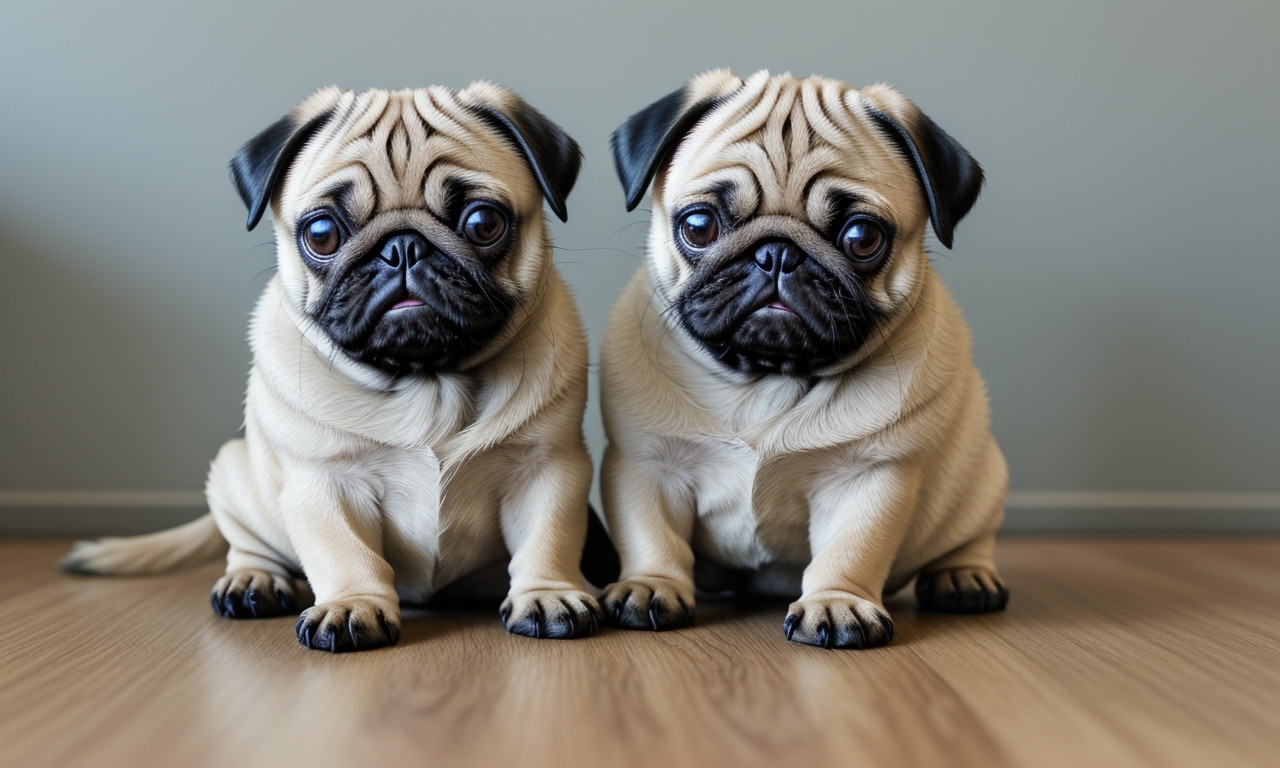
Owning a pug can be a rewarding experience, but understanding the financial commitment involved is essential. In the updated 2024 guide, one can find all the necessary details about how much does a pug cost per month, providing a clearer picture of the expenses one might expect. On average, the monthly cost of owning a pug varies between $80 and $200, depending on various factors.
First and foremost, food expenses for a pug can range from $20 to $40 per month. Ensuring that your pug receives a balanced diet suitable for its size and age is crucial. Vet visits are another regular cost, averaging between $30 and $50 monthly, considering annual check-ups, vaccinations, and occasional health issues typical for the breed. Grooming costs, although pugs are relatively low maintenance, may still amount to around $20-$30 monthly for nail trimming, ear cleaning, and the occasional bath.
Other expenses include pet insurance, which is highly recommended and could vary between $20 and $60 per month depending on the coverage. Additionally, one should budget for miscellaneous items like toys, treats, and possible training classes, summing up to roughly $10-$20 per month. By understanding how much a pug costs per month, potential owners can be better prepared to provide a loving, well-maintained home for their furry friends.
Health Care
Owning a pug can be a joyful experience, but understanding the costs involved is crucial for any potential pet owner. One significant aspect to consider is health care. The initial cost of a pug often includes vaccinations, but ongoing expenses can accumulate. Annual health care expenses generally range between $500 to $1,000, covering routine check-ups, vaccinations, and preventive medications.
Pugs, known for their adorable faces and wrinkled noses, are prone to specific health issues like breathing difficulties and skin infections. Thus, specialized care is often necessary. Comprehensive pet insurance can help mitigate some of these costs, averaging around $20 to $50 per month.
Dental care is another critical component, as pugs are prone to dental diseases. Routine dental cleanings, which can cost between $300 and $700 annually, are essential to maintain their health. Moreover, unforeseen medical issues may arise, such as surgeries or emergency treatments, which can cost thousands.
Nutrition also plays a vital role in your pug’s well-being. High-quality dog food and supplements can run upwards of $50 per month, ensuring your four-legged friend remains healthy and energetic.
In summary, while owning a pug can bring immense joy, it’s essential to factor in ongoing health care costs to ensure a happy, healthy pet.
Food & Treats
Owning a pug is a rewarding experience, but it involves various costs that potential owners need to consider. One of the primary expenses is related to food & treats. Pugs have specific dietary needs due to their unique physiology and often require premium dog food to ensure they stay healthy. On average, monthly expenses for high-quality food can range from $40 to $60.
Additionally, treats are a significant part of a pug’s diet, especially for training and rewarding good behavior. Monthly treat costs can add another $10 to $20 to your budget. It’s crucial to choose treats that are not only appealing to pugs but also nutritious to prevent obesity, a common health issue in this breed. Balancing between regular kibble and specialty treats can also incur extra costs.
Health care costs can be substantial as well, with yearly vet visits averaging around $200 to $300. This doesn’t include emergencies or specific treatments, which can add up quickly. Grooming is another area where you might spend around $30 to $50 monthly, given the maintenance requirements of a pug’s coat and skin.
In total, the cost of owning a pug, focusing on food & treats, along with other necessary expenses, can range between $1,200 and $2,000 annually. Understanding these costs is essential to ensure a happy, healthy life for your pug.
Grooming
Owning a pug can be a delightful experience, but it’s essential to consider the costs involved to ensure a happy and healthy life for your furry friend. The initial cost of purchasing a pug from a breeder can range from $600 to $2,500, depending on pedigree and location. Once the pug is home, there are various recurring expenses to factor in—one of the most significant being grooming.
Grooming a pug is crucial due to their unique coat and skin folds, which can harbor dirt and bacteria if not properly maintained. Expect to budget around $30 to $50 per grooming session if you take your pug to a professional groomer, with sessions ideally scheduled every four to six weeks. For those who opt to groom at home, investing in quality grooming tools such as brushes, nail clippers, and ear cleaners can initially cost between $50 to $100.
Additionally, regular grooming ensures that your pug’s nails are trimmed, their ears are clean, and their wrinkles are free from infection. This level of care can prevent costly veterinary visits that arise from neglected grooming needs. So, while grooming might seem like a minor aspect of owning a pug, it plays a pivotal role in their overall health and well-being, impacting your budget significantly.
Vet Visits & Vaccinations
Owning a pug comes with a range of expenses that go beyond the initial purchase price. One major consideration is the cost of vet visits & vaccinations. Pugs are prone to a series of health issues, including breathing problems, eye conditions, and hip dysplasia, making regular checkups a necessity. Initially, you can expect the first-year vet visits & vaccinations to cost between $300 and $500. This typically includes initial examinations, routine vaccinations, and the necessary deworming treatments.
As your pug ages, ongoing vet visits & vaccinations will remain part of your budget. Annual expenses for these can range from $200 to $400, depending on the vet’s fees and the specific vaccinations required. It’s crucial to factor in possible emergency vet visits, which can significantly add to the overall cost. Pugs often require specialized care, meaning you may need to budget for specialist consultations and treatments tailored specifically to this breed.
Moreover, preventive care such as heartworm prevention, flea and tick treatment, and dental care are not to be overlooked. These added precautions ensure your pug remains healthy, reducing the risk of costly treatments down the line. Understanding the full scope of vet visits & vaccinations helps in estimating a more accurate yearly budget for your pug, ensuring you’re prepared for all aspects of pug ownership.
Pet Insurance Costs
Owning a pug is a joyful experience but it comes with financial responsibilities. In 2024, the costs associated with owning a pug have seen some changes, making it essential to understand what to expect. One of the significant considerations is pet insurance costs. These costs can vary based on several factors such as the pug’s age, health, and coverage options you choose. On average, pet insurance costs for pugs can range from $20 to $50 per month. Opting for comprehensive coverage that includes wellness checks, emergency visits, and dental care can elevate these costs, but offers peace of mind against unexpected medical expenses.
Besides pet insurance, initial expenses include purchasing the pug itself, which can range from $600 to $2,500 depending on the breeder and lineage. Additional initial costs include vaccinations, microchipping, and basic supplies like a crate, bed, and toys, which can amount to roughly $500. Monthly recurring expenses such as high-quality dog food, routine vet visits, and grooming should also be factored in, estimating around $100 to $200.
Proper financial planning, especially taking into account pet insurance costs, can ensure that your pug remains healthy and happy without straining your budget. Having comprehensive coverage is an investment in your pug’s long-term well-being.
Environmental Maintenance

Owning a pug in 2024 presents a unique blend of joy and responsibility, particularly when it comes to environmental maintenance. The initial cost of purchasing a pug can range from $600 to $2,000, but this is just the beginning. Once you’ve brought your pug home, environmental maintenance becomes a crucial aspect of your budgeting. This includes costs related to maintaining a clean and safe living environment for your furry friend. Regular cleaning supplies, such as pet-safe disinfectants, can add around $10 to $20 per month to your expenses.
Pugs are known for their breathing issues and susceptibility to allergens, so investing in a good air purifier, which can range from $100 to $400, is essential for their well-being. Additionally, grooming tools and services add up—expect to spend between $30 to $50 monthly to keep your pug’s coat and skin in good condition.
Moreover, yard maintenance shouldn’t be overlooked if you have outdoor space. Pugs enjoy playtime outside, but you’ll need to ensure the area is secure and clean. This can include fencing repairs, waste disposal systems, and pest control, potentially costing up to $150 annually. All these factors highlight the importance of environmental maintenance in the overall expenditure of owning a pug, ensuring they thrive in a clean, healthy space.
Entertainment

Owning a Pug can be an incredibly rewarding experience, yet it’s important to understand the financial commitments involved. The initial cost of acquiring a Pug ranges from $600 to $1,500 depending on the breeder’s reputation, bloodline, and location. Monthly maintenance costs, including high-quality food, grooming, and regular vet check-ups, typically range between $70 to $100.
Health is a significant concern for Pugs due to their breathing issues and predisposition to certain genetic conditions, which can result in vet bills upwards of $200 annually. Insurance plans are available and can average around $35 per month, offering some financial relief against unexpected medical expenses.
Apart from basic needs, entertainment costs for your Pug shouldn’t be overlooked. This includes interactive toys, puzzles, and even doggy daycare, all of which contribute to the mental and physical well-being of your furry friend. Expect to spend approximately $20 to $50 monthly on these activities.
Additionally, professional training classes for correcting behavioral issues or improving social skills can cost around $150 to $200 for a series of sessions. Overall, while the joy and companionship of owning a Pug are priceless, prospective owners should prepare for an annual expenditure ranging from $1,200 to $2,500 to ensure their pet’s health, well-being, and entertainment needs are adequately met.
Total Monthly Cost of Owning a Pug

Owning a pug can be a rewarding experience, but it’s important to understand the financial commitment involved. The total monthly cost of owning a pug in 2024 can vary based on several factors, including food, healthcare, grooming, and other miscellaneous expenses. On average, you can expect to spend around $50 to $100 per month on high-quality dog food tailored to your pug’s dietary needs. Regular vet visits and preventive medications such as flea and tick treatments and heartworm preventives typically add another $30 to $50 monthly.
Grooming costs, while generally lower for pugs than other breeds, still require attention due to their unique coat and skin needs. Expect to pay around $20 to $30 monthly if you opt for professional grooming services. Additionally, pugs are prone to certain health issues like respiratory ailments and hip dysplasia, which could add an extra $20 to $40 in monthly savings for future medical emergencies.
Miscellaneous expenses, such as toys, training tools, and pet insurance, can also add to the costs, averaging about $15 to $25 per month. By understanding the total monthly cost of owning a pug, you can ensure you’re financially prepared to provide the best possible care for your furry friend.
Additional Costs to Factor In
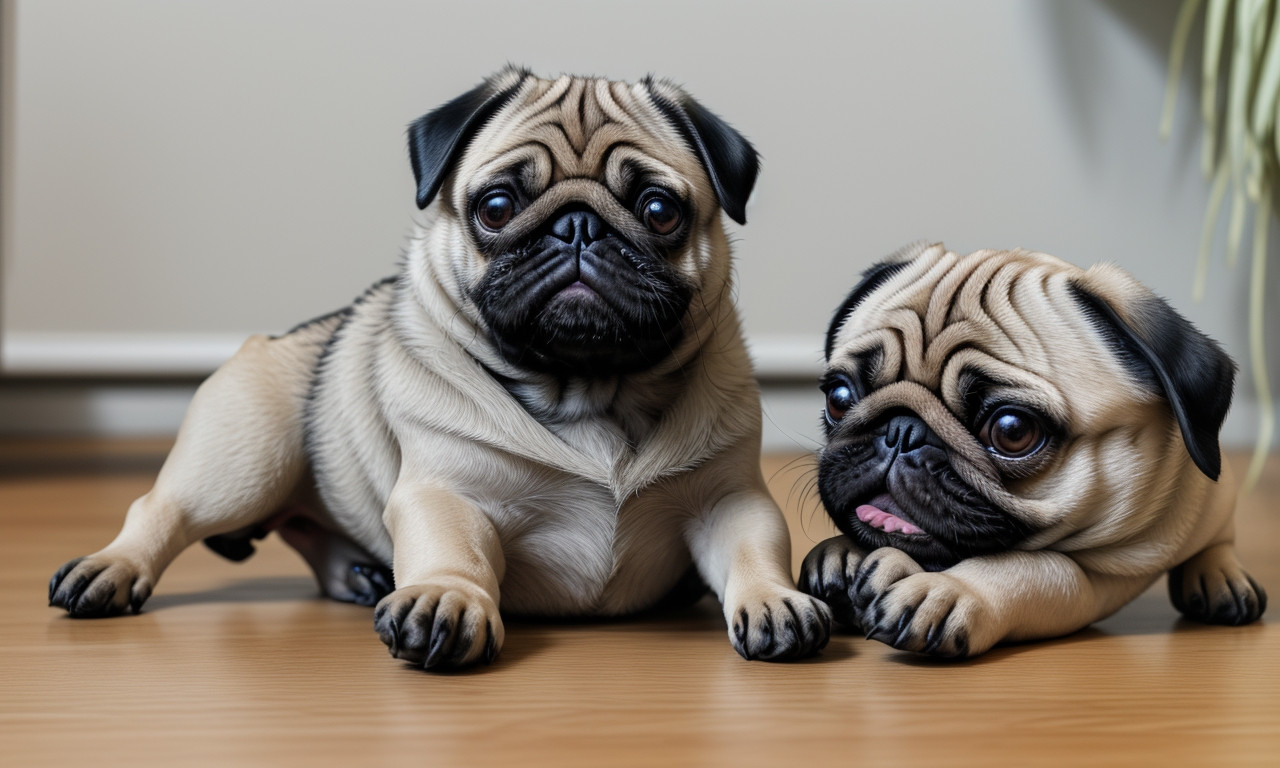
Owning a pug brings joy and companionship, but it’s essential to understand the full financial commitment involved. Our updated 2024 guide explores not only the initial purchase price but also the additional costs to factor in. Beyond the initial acquisition cost, which can range from $600 to $1,500 depending on the breeder and lineage, several ongoing expenses ensure your pug’s well-being.
Veterinary care is a significant expense. Routine check-ups, vaccinations, flea and tick prevention, and spaying or neutering surgeries are essential for maintaining your pug’s health. Unexpected medical emergencies can also arise, making pet insurance a wise investment. Monthly premiums fluctuate based on coverage but typically fall between $20 to $50.
Feeding your pug a balanced diet of high-quality dog food is another recurrent cost. Expect to spend around $20 to $50 per month on nutrition. Additionally, grooming and hygiene are necessary, especially with pugs’ unique facial structure. Regular grooming, ear cleaning, and dental care add up, costing approximately $30 to $60 monthly.
Additional costs to factor in include training, toys, bedding, and possibly, dog walking services if you’re frequently away from home. By considering these expenses upfront, you can ensure a happy and healthy life for your pug while managing your finances effectively.
Owning a Pug on a Budget
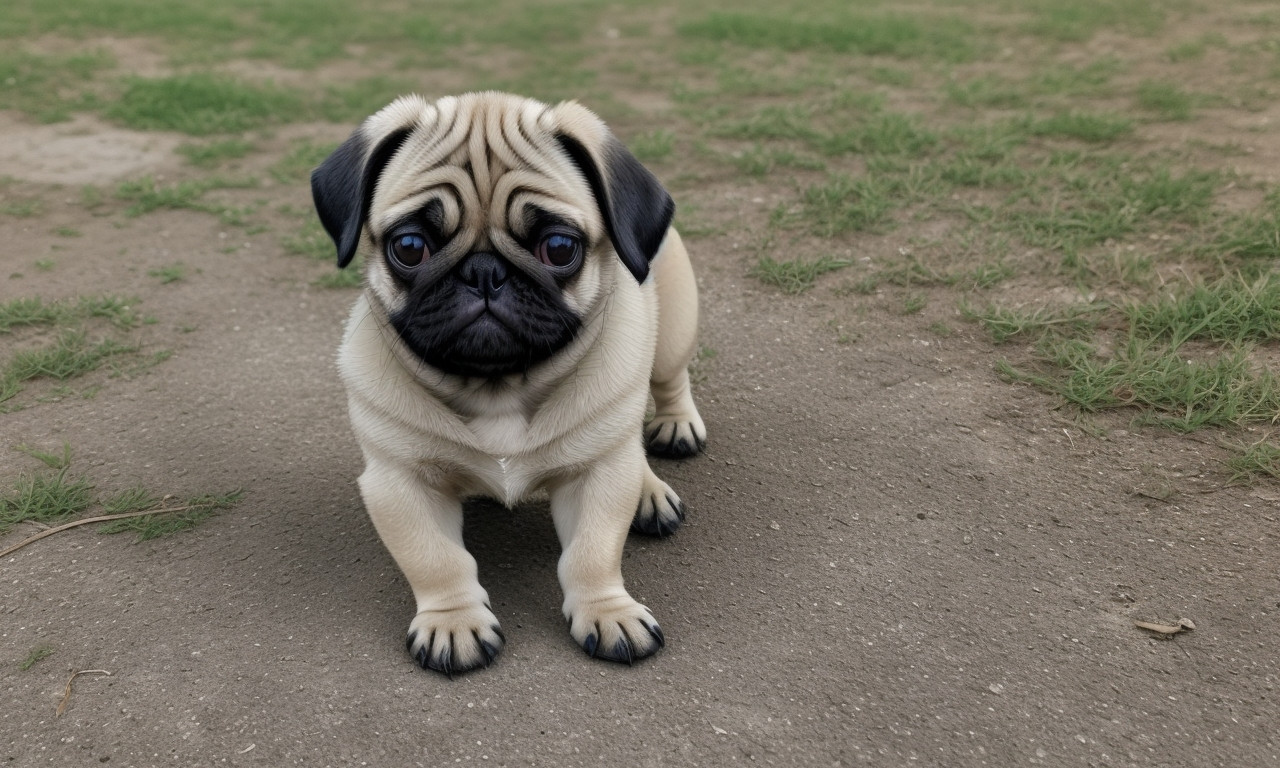
Owning a Pug on a budget is entirely feasible if you plan carefully and make informed decisions. To start, the initial cost of acquiring a Pug can range from $600 to $2,000, depending on the breeder and lineage. Adopting from a shelter is a more budget-friendly option, often costing between $200 and $400.
The first year of owning a Pug tends to be the most expensive due to one-time purchases such as vaccinations, spaying/neutering, and essentials like a crate, bed, and toys. Expect to spend around $1,000 to $1,200 for these initial expenses. Annual vet visits thereafter could cost between $200 and $400.
Feeding your Pug is another ongoing expense. High-quality dog food can cost approximately $20 to $50 per month. Budget-conscious owners might consider bulk buying which can save money in the long run. Grooming costs are relatively low for a Pug, as they only require basic grooming, which you can often do at home.
Pet insurance is a wise investment and can cost around $20 to $50 per month, offering peace of mind against unforeseen medical expenses. Lastly, miscellaneous costs like toys, treats, and occasional boarding should be factored in but can be managed with careful planning. Thus, owning a Pug on a budget is achievable with thoughtful preparation and prioritization.
Saving Money on Pug Care
Owning a pug can be a joyful experience, but understanding the costs involved is crucial for potential pet parents. While initial costs like purchasing a pug and early vaccinations are significant, ongoing expenses should not be underestimated. Annual costs typically include vet visits, food, grooming, and pet insurance, often summing up to several hundred dollars. However, there are practical strategies for saving money on pug care without compromising their well-being.
First, opting for high-quality, nutritious food can prevent many health issues, reducing long-term veterinary expenses. Bulk purchasing food and supplies during sales can also lead to significant savings. Regular grooming at home can be an effective cost-cutting measure; investing in a good brush and learning basic grooming techniques can decrease dependency on professional services.
Routine veterinary check-ups are essential to catch health issues early, often avoiding costly treatments. Consider shopping around for pet insurance plans to find the best coverage at the most affordable rate. Additionally, many communities offer low-cost vaccination clinics and spay/neuter programs.
Saving money on pug care is feasible with mindful planning and attention to detail. By focusing on preventive care and smart purchasing decisions, you can keep your pug happy and healthy while managing costs effectively.
Conclusion

Owning a Pug can be a delightful experience, but it’s essential to understand the costs involved. The initial cost of owning a Pug, including purchasing the puppy, vaccinations, and basic supplies, can range from $600 to $1,500. Quality breeders tend to charge more, but this often ensures a healthier pet. Monthly expenses include food, grooming, and health check-ups, which can average around $100 to $150.
One-time costs like spaying/neutering and microchipping contribute an additional $200 to $300. Veterinary bills can be unpredictable. Given the breed’s predisposition to respiratory and joint issues, healthcare costs can add up quickly, often reaching $1,000 annually for routine care and unforeseen medical treatments.
Pet insurance, which often ranges from $30 to $50 per month, can offer financial peace of mind. Additionally, consider budgeting for professional training and boarding services if you travel frequently. Miscellaneous expenses such as toys, treats, and seasonal clothing should also be included in your budget.
In conclusion, owning a Pug requires a financial commitment that goes beyond the initial purchase. From healthcare to daily needs, these costs can accumulate, making it imperative to be prepared. With proper planning, you can provide a loving and financially stable home for your Pug.
